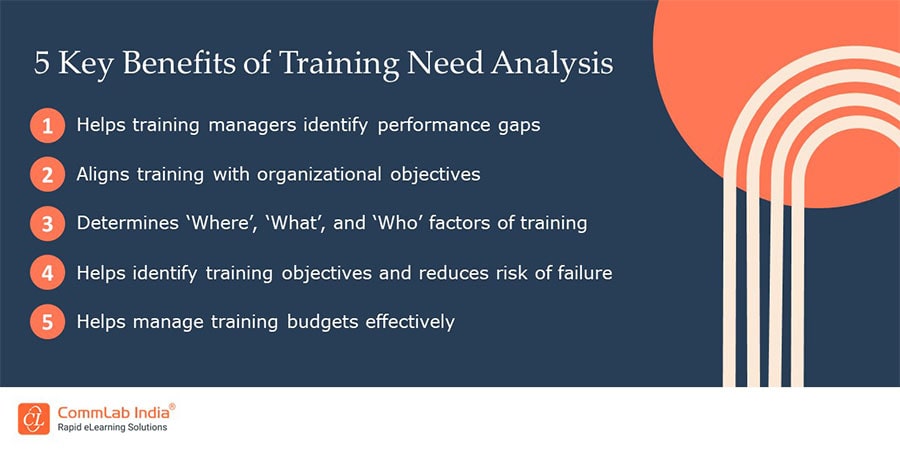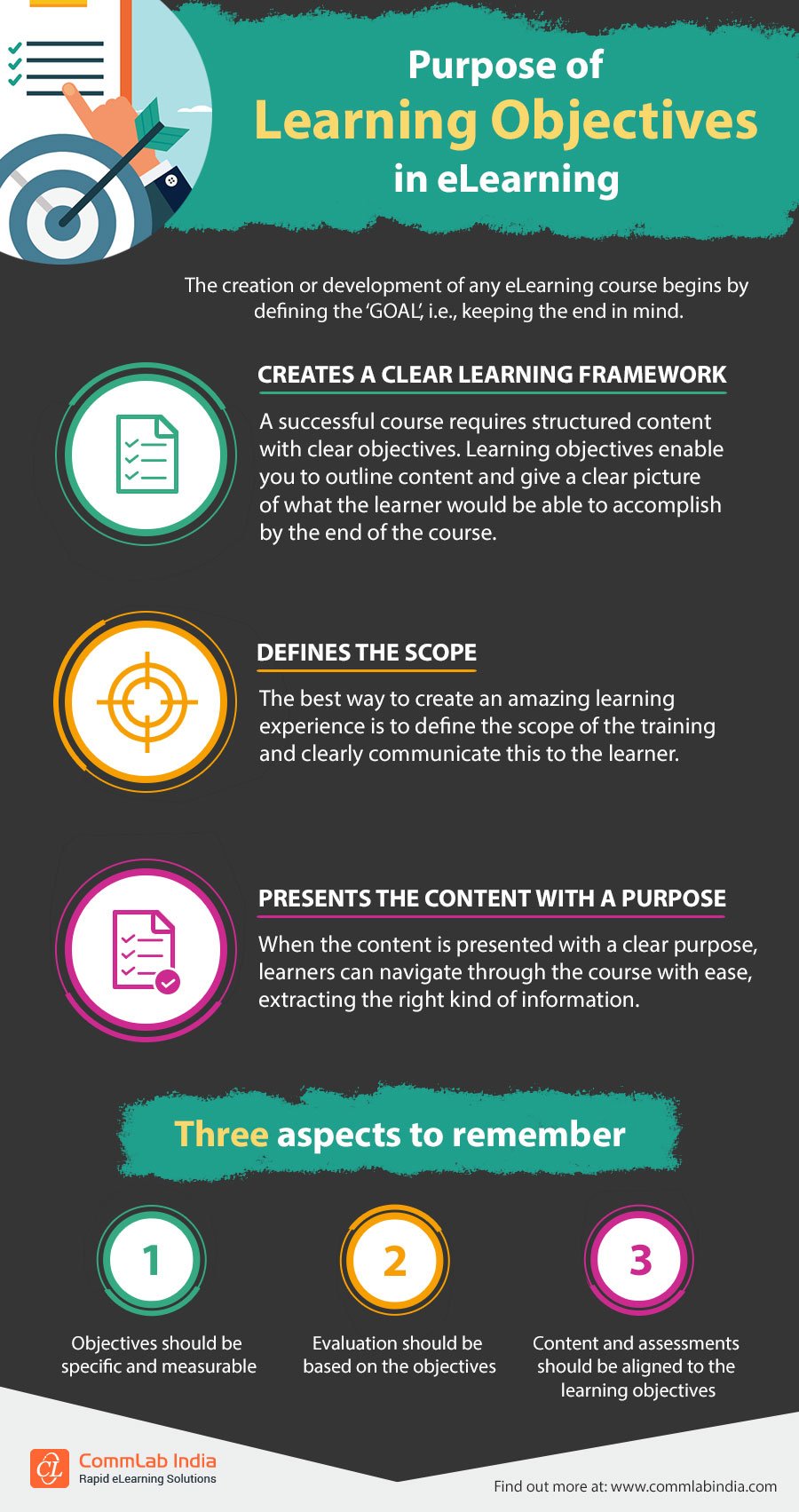How to Master Custom eLearning Content Creation Like a Pro?

In today's fast-paced corporate environment, the demand for effective training methods has never been higher. With the advent of technology, eLearning has emerged as a powerful tool to deliver training content efficiently. However, generic off-the-shelf courses might not always meet the specific needs of your organization. This is where custom eLearning comes into play. Tailoring learning experiences to match the unique requirements of your workforce can significantly enhance engagement, retention, and overall learning outcomes. In this blog, we will delve into the realm of custom eLearning, exploring its benefits and providing insights into mastering the art of content creation for custom eLearning.
→ Download eBook: Corporate L&D Trends 2025 – Get the View from the Trenches
Table of Content
- What is Custom eLearning?
- What are the Key Benefits of Custom eLearning?
- How to Master Custom eLearning Content Creation?
What is Custom eLearning?
For those who have just stepped into the world of corporate L&D, custom eLearning refers to the creation of tailored online learning experiences designed specifically for an organization's needs, objectives, and audience. Unlike off-the-shelf courses, custom eLearning content is personalized. It aligns business and learner needs to design a learning solution that best suits your learners as well as the organization. This approach allows organizations to deliver training that is highly relevant, engaging, and effective.
Explore how custom training solutions can drive growth, boost engagement, and meet the unique needs of your team.
What are the Key Benefits of Custom eLearning?
eLearning is used widely by organizations to impart engaging, consistent training to employees spread across different locations. The best part is, with custom eLearning, you can get courses that address your organizational goals – courses that offer the learning required by your employees to improve performance.
That’s not the only thing! Custom eLearning solutions have a whole gamut of benefits to offer, let’s dive in!
Relevance and Contextualization
Custom eLearning content is developed with a deep understanding of the organization's goals, challenges, learner needs, and industry dynamics. The content is carefully crafted considering the learning needs, styles, and preferences of learning to offer personalized learning experiences. By incorporating real-life scenarios and examples relevant to learners' roles, you can enhance their understanding and application of concepts.
Increased Engagement
Tailored content resonates better with learners as it addresses their specific learning needs and interests. Custom eLearning negates the one-size-fits-all approach as the content is crafted keeping the learners in mind. This leads to higher engagement levels, as employees feel more motivated to participate and learn when the training content is directly aligned with their job tasks.
Flexibility and Scalability
Custom eLearning courses can be designed to accommodate various learning styles and preferences, offering flexibility in delivery methods such as interactive modules, videos, simulations, and assessments. Additionally, they can be easily scaled and updated to adapt to evolving business requirements.
Improved Knowledge Retention
By catering to individual learning preferences and incorporating multimedia elements, custom eLearning fosters better knowledge retention among employees. Interactive activities, quizzes, and assessments reinforce learning and help identify areas that require further reinforcement.
Alignment with Organizational Goals
Custom eLearning content can be aligned closely with organizational goals, values, and performance expectations. It serves as a strategic tool to impart essential skills and knowledge that directly contribute to the company's success, ensuring a clear link between training outcomes and business objectives.
Targeted Learning
Generic, off-the-shelf training programs might not address the specific needs of your employees. In such situations, custom eLearning allows you to tailor content to different departments, roles, and even skill levels. For example, you need to provide sales training to your team that is learning about a new product launch, while customer service needs training on handling specific inquiries. Here, custom eLearning will follow a targeted approach that ensures employees gain the most relevant knowledge for their jobs, leading to improved performance and productivity.

Corporate L&D Trends 2025
Get the View from the Trenches
- Win with AI
- Design for the agile workforce
- Unlock scale, volume, quality
- Make an impact
- Much more
Cost-Effectiveness
While there’s an upfront investment in creating custom eLearning programs, the long-term advantages far outweigh the initial costs. Traditional training methods often require ongoing expenses for travel, venue bookings, trainer fees, and printed materials. Custom eLearning eliminates many of these recurring costs by providing a scalable, digital solution. Additionally, the reusability of training materials allows organizations to use the same content for multiple training sessions or across different teams, further amplifying cost savings over time.
Measurable Results
Unlike traditional classroom training, custom eLearning allows you to track and measure learning progress effectively. Through assessments, quizzes, and a Learning Management System (LMS), you can gain valuable insights into employee knowledge gaps and areas of strength. This data helps you refine your training programs and ensure they are meeting your company's objectives.
How to Master Custom eLearning Content Creation?
Custom eLearning Offers Personalized Learning Experiences
Here’s how to master content creation for custom eLearning:
- Need Analysis
- Collaboration With Subject Matter Experts
- Storyboarding and Content Design
- Multimedia Integration
- Interactivity and Engagement
- Accessibility and Usability
- Evaluation and Iteration
Content is king. In today’s fast-paced corporate world, where employees are pressed against time and it is hard for them to find time to upskill and reskill themselves, crafting courses that have relevant content is of utmost importance. Here are a few tips to master the art:
Training Needs Analysis (TNA)
This is the first and the most important aspect of crafting content for custom eLearning. Conduct a thorough needs analysis to identify specific learning objectives, target audience characteristics, and performance gaps. Make sure to align the set learning objectives with the business goals for the long-term success of the training program. This initial step lays the foundation for designing relevant and effective eLearning content.
Conducting a TNA will give you answers to questions, such as:
- Who is the target audience?
- What are their exact learning requirements?
- What is their present level of knowledge?
- What is the training goal that the content should address?
- What should be the tone of the training?

Curation of All Available Content
Once the Training Need Analysis is done, you’ll get a fair idea of the content required for the training. So the obvious next step is curating all available content. The content gathered at this stage need not be structured or scripted. You just need to compile all documents and resources with the information needed for the training. Here are some resources that you can use for this purpose.
- Available classroom materials like PPT decks, instructor’s manuals, user guides
- Recordings from webinars
- Videos of company leadership messages
- PDFs on company guidelines, product and service guidelines, SOPs, etc.
- Documents and research provided by Subject Matter Experts (SMEs)
Collaboration with Subject Matter Experts (SMEs)
Collaborate closely with SMEs to gather accurate and up-to-date information relevant to the training topic. SME input is invaluable for ensuring the accuracy and relevance of the content. If you are new to eLearning design and development, starting from scratch could be challenging. In such a scenario, using the classroom training material as a base is a convenient option.
Watch this video to explore quick, actionable tips to help SMEs save time and boost productivity!
Content Alignment to Learning Objectives
Once your SME(s) are done checking and updating the curated content, the next step is to make the content ready for eLearning. This means getting rid of all extraneous information and retaining only what is relevant and specific to the training. How do you do that? With the help of learning objectives.
Learning objectives in an eLearning course are like the lighthouse – guiding learners, learning designers, and learning design towards the right direction – the business goals. Learning objectives are not only a way to inform learners ‘what’s in it for them’ but also a way to tell designers ‘what content to put in the course’. They decide the level and tone of the content, determine the instructional design that should be used to present the content, and also the course duration.
Storyboarding and Content Design
A detailed storyboard outlining the structure, flow, and interactions is the prerequisite of an engaging eLearning course. Pay attention to visual design, user interface, and navigation to create an intuitive and engaging learning experience. Use visually appealing aesthetics to attract learners. Seamless navigation is another key aspect of meaningful learning. A user-friendly interface with clear navigation enables learners to focus on the content better and makes learning enjoyable.
Multimedia Integration
A bland eLearning course with text-heavy slides is boring for learners. Incorporate multimedia elements such as graphics, videos, animations, and audio to enhance learner engagement and understanding. However, stay safe and avoid too much drama. Use subtle elements and ensure that they align with the learning objectives and do not distract from the core content.
Interactivity and Engagement
Learner disengagement is a major pain point when it comes to eLearning. Making the eLearning courses interactive is essential to keep learners engaged throughout the course. Plan for interactive elements such as simulations, branching scenarios, quizzes, and case studies to encourage active participation and critical thinking. Gamification and its such as scores, levels, badges, and leaderboards make learning fun. These engaging activities promote deeper learning and knowledge retention for a longer haul.
Accessibility and Usability
Ensure eLearning accessibility to all learners, including those with disabilities, by adhering to universal accessibility standards and guidelines. Use simple and concise language and readable fonts. Also, make sure your videos are captioned. Host your eLearning courses on a learning management system (LMS) for hassle-free access. Design user-friendly interfaces and navigation paths to enhance usability and learner experience.
eLearning Translations to Required Global Languages
Most businesses today have a global workforce located in different geographical locations. And we all know that learning is immensely more effective and engaging when it is in one’s own native tongue. So, eLearning translation is an important part of eLearning content creation.
Translating eLearning content from one language to another can be tricky as it can include translating texts, images, graphics, videos, etc. A well-translated eLearning course should do more than simply deliver information in the target language; it must also capture the cultural nuances and unique linguistic characteristics of that language.
With advancements in technology, AI-powered eLearning translations have made the process faster and more efficient. AI tools can provide accurate translations, adapt content to different languages, and even incorporate cultural nuances, all while significantly reducing time and costs.
Explore how AI can revolutionize eLearning translations, making your courses more inclusive and impactful.
Evaluation and Iteration
Evaluation is an indispensable step to gauge the effectiveness of eLearning courses. Implement a robust evaluation framework to assess the effectiveness of the eLearning content in meeting learning objectives and driving performance improvements. Gather feedback from learners and stakeholders and use this input to iterate and refine the content for continuous improvement. You should also keep track of the latest industry trends and update the courses in those lines to help your learners stay current.
To Sum Up
Custom eLearning offers a tailored approach to corporate training, allowing organizations to deliver relevant, engaging, and effective learning experiences to their employees. By mastering the art of content creation through thorough analysis, collaboration, design, and evaluation, you can unlock the full potential of custom eLearning to drive employee performance and achieve business success. Embracing customization in eLearning is not just about delivering information; it's about creating meaningful learning experiences that empower employees to succeed in their roles and contribute to organizational growth.
As we approach 2025, staying ahead means understanding the trends shaping the future of workplace learning. Download our insightful eBook, "Corporate L&D Trends 2025," to explore how customization, new technologies, and shifting strategies are redefining employee training and development.






![What is Custom eLearning — Benefits & Tips for Effective Design [Infographic]](https://blog.commlabindia.com/hubfs/blogs/custom-elearning-benefits-design-tips.jpg)
![Unlocking Custom eLearning Excellence with the Right Tool [Infographic]](https://blog.commlabindia.com/hubfs/blogs/custom-elearning-tool-selection-infographic.jpg)
